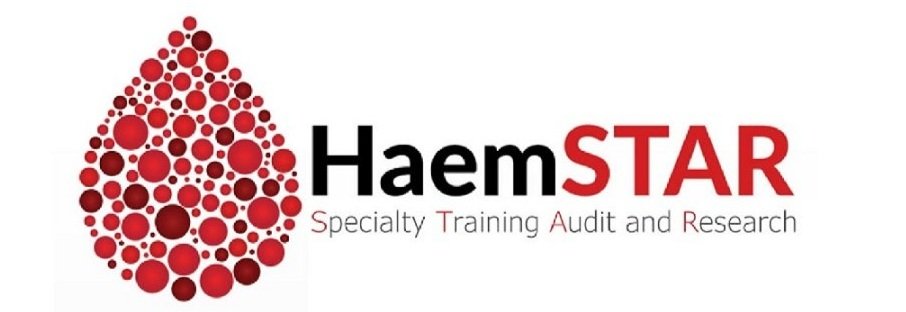65th ASH Annual meeting - San Diego
Through the ISTH legacy fund, I was given the opportunity to fund my attendance at the 65th ASH Annual meeting, held in San Diego.
As my first ASH conference, the experience did not disappoint. The day before the conference officially started, I attended the TMA Workshop, hosted by the USTMA and UK TTP Registry. It turned out to be one of my favourite events where I felt the semi-informal atmosphere was key to encouraging lively discussion between world experts in TMAs and without falling into cliches, watching them debate the nuances of diseases that I hadn’t appreciated previously was inspirational. It was also enlightening to learn about the contribution of organisational barriers or health policy to the differences in clinical practice. There were also case presentations by US and UK trainees & newly qualified consultants; and this was a great opportunity to meet others with a similar level of experience with whom I shared common interests.
Another highlight of the conference was attending the Ham-Wasserman lecture, where the speaker is an individual from outside of the US, who has made a major contribution to the understanding of an area of haematology. The lecture was presented by Professor Andreas Greinacher on thrombotic diseases caused by platelet-activating IgG antibodies against PF4. Professor Greinacher wove a compelling narrative, incorporating both basic science and clinical cases, beginning with the familiar heparin-induced thrombocytopenia (HIT) before moving onto the much-publicised vaccine-induced immune thrombotic thrombocytopenia (VITT) and finally, highlighting the existence of VITT-like disorders identified in patients with severe acute thrombosis and thrombocytopenia, without prior heparin or vaccine exposure, but associated with infection in many cases. His lecture just preceded the timely update of the BSH guideline on the diagnosis and management of HIT at the end of December.
The scale of ASH is immense: although, I initially had harboured some reservations that there would be sufficient non-malignant sessions across all days of the conference, I was mistaken as every day there were multiple sessions covering the gamut of non-malignant haematology and occasionally, I had to choose between sessions. I also had the excellent (yet nerve-wracking!) opportunity to present at the Thrombotic Microangiopathies oral session and to discuss my findings with others after the session.
Apart from the clinical and science sessions, there were also sessions aimed at career development for trainees by subspecialty and despite admittedly having a US bent to them, they still provided general advice that was helpful and were also an interesting insight to their training pathway. In addition, there were a number of networking events that one could attend; one for Women in Haematology and one for the Haemostasis and Thrombosis Community in particular caught my eye.
Overall, you are spoilt for choice at ASH, and I could not attend everything that I was interested in! I had an incredible time there and I would highly recommend that all haematology trainees should experience it at least once so I’m very grateful to HaemSTAR for supporting my trip.

